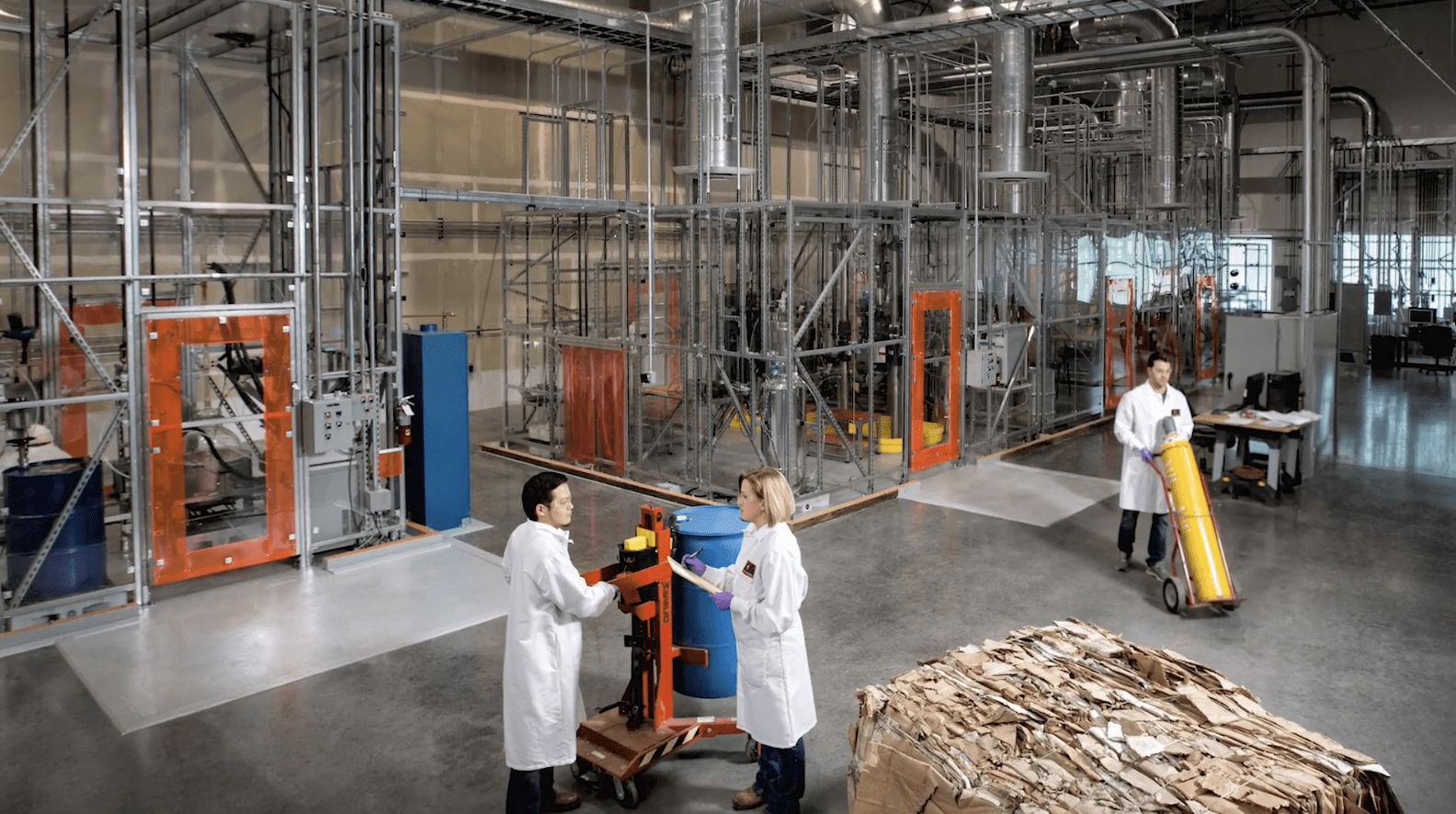As companies work hard to lessen their carbon footprint, many are turning to products made from captured greenhouse gas (GHG). Ford Motor Company and other large corporations are willing to pay a premium for products made from materials other than fossil-fuel heavy plastic.
In many cases, the replacement materials use a new microbe-based technology that turns methane and carbon dioxide into plastic-replacing biodegradable resins. Newlight Technologies, Inc. and Origin Materials, Inc. are bringing factories online that use recaptured carbon to create everything from plastics to clothes and tires.
Newlight spent the past 10 years perfecting a process of microbe-led emissions transformation. These microbes essentially “grow” a biological material called polyhydroxybutyrate, which is then turned into clean resins.
The main challenges of the new process include sourcing captured emissions and overall product cost, as the new product cannot yet compete financially with inexpensive and readily available traditional plastics.
“The market for captured-carbon-based fuels and products is still relatively limited due to technology and cost constraints,” said Mitch Toomey, American Chemistry Council Trade Association vice president of sustainability and responsible care.
The company is partnering with Nike and Sumitomo Chemical Company to use the new resins in shoes and leather and automotive parts, respectively — and with the Walt Disney Co., Hyatt Hotels, and Shake Shack for food containers.
Newlight and Origin hope their new products will not only reduce supply chain emissions but also encourage consumers to make more sustainable buying choices.
“If we could use carbon emissions as a resource to create useful products, then potentially we could create a consumer-driven pathway to reducing carbon in the air,” said Mark Herrema, Newlight chief executive.
Nike is particularly excited about the partnership, which it has dubbed “AirCarbon.”
“AirCarbon offers an opportunity to further reduce our impact on the planet,” said Noel Kinder, Nike’s chief sustainability officer. “Materials account for 70% of Nike’s total carbon footprint, and we’re accelerating our efforts and exploring new opportunities in this space because, in the race against climate change, we can’t wait for solutions, we have to work together to create them.”
Origin Materials operates on a chemical process and converts organic materials, which lock up carbon from their previous growing days, into a more sustainable ingredient for polyethylene terephthalate, a substance commonly used in packaging. Its customers include Ford Motor Company and Primaloft, which sources the product for bedding. For Origin, source materials are plentiful.
“There are a lot of these materials globally,” said John Bissell, Origin co-CEO. “If we’re at the point that we are using all of those things, we’ve won the game if we are starting to run out of feedstock.”
The future is wide-open for product building blocks made from captured GHG. Undoubtedly, these new products will be pivotal in the global quest for net-zero emissions.“Nature’s favorite food source is greenhouse gas,” Herrema added. “Do what nature does, turn it into useful goods.”





